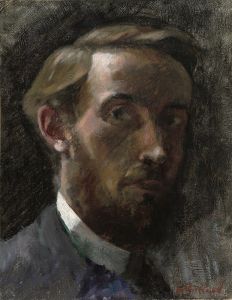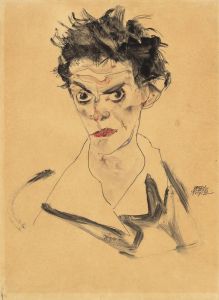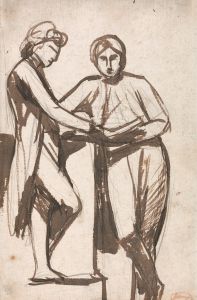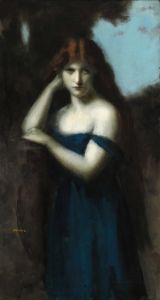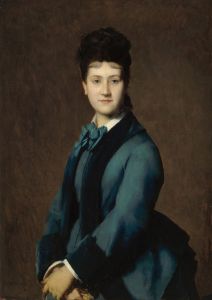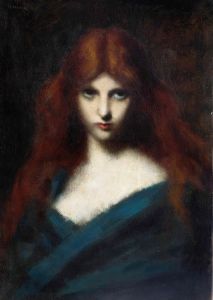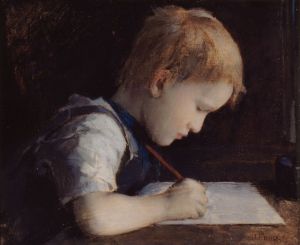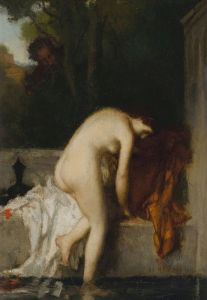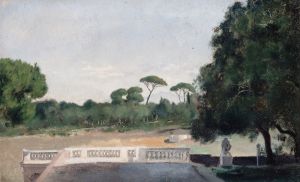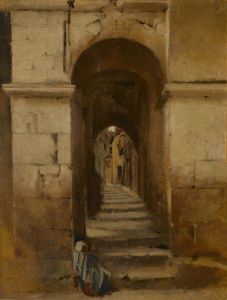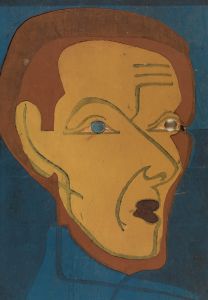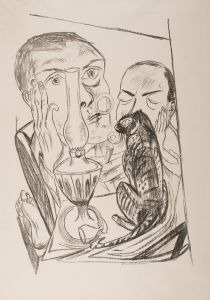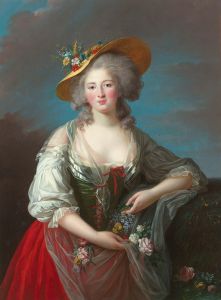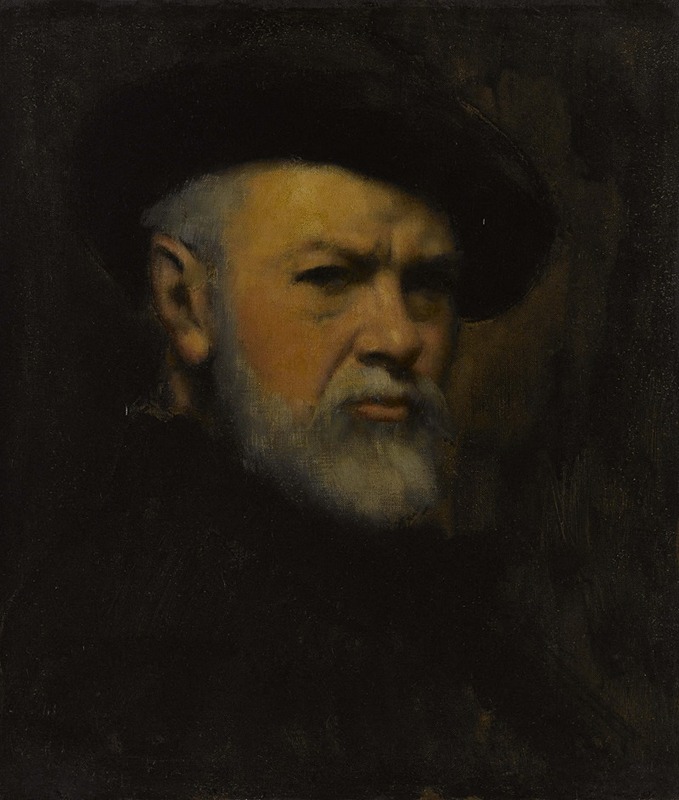
Autoportrait
A hand-painted replica of Jean-Jacques Henner’s masterpiece Autoportrait, meticulously crafted by professional artists to capture the true essence of the original. Each piece is created with museum-quality canvas and rare mineral pigments, carefully painted by experienced artists with delicate brushstrokes and rich, layered colors to perfectly recreate the texture of the original artwork. Unlike machine-printed reproductions, this hand-painted version brings the painting to life, infused with the artist’s emotions and skill in every stroke. Whether for personal collection or home decoration, it instantly elevates the artistic atmosphere of any space.
Jean-Jacques Henner, a notable French painter, is renowned for his contributions to the art world during the 19th century. Among his various works, "Autoportrait" stands out as a significant piece that reflects his artistic style and personal introspection. Henner was born on March 5, 1829, in Bernwiller, Alsace, and he developed a passion for art at an early age. He pursued his studies at the École des Beaux-Arts in Paris, where he was influenced by the academic traditions of the time.
"Autoportrait," or "Self-Portrait," is a painting that provides insight into Henner's self-perception and artistic approach. While specific details about the creation date of this particular self-portrait are not widely documented, it is known that Henner created several self-portraits throughout his career, each reflecting different stages of his life and artistic evolution.
Henner's style is characterized by his use of soft, diffused lighting and a palette dominated by warm, earthy tones. This approach is evident in his self-portraits, where he often employs a subtle interplay of light and shadow to create a sense of depth and introspection. His technique was influenced by the Old Masters, particularly the works of Titian and Rembrandt, whose influence can be seen in Henner's handling of light and texture.
In "Autoportrait," Henner likely presents himself with a contemplative expression, capturing not only his physical likeness but also conveying a sense of his inner world. The painting would typically feature a neutral background, allowing the focus to remain on the subject's face and expression. Henner's self-portraits are noted for their psychological depth, as he often sought to explore his own identity and emotions through his art.
Throughout his career, Henner received numerous accolades for his work, including the prestigious Prix de Rome in 1858, which allowed him to study in Italy. His time in Italy had a profound impact on his artistic development, as he absorbed the techniques and styles of Renaissance and Baroque artists. This influence is evident in the classical composition and refined execution of his self-portraits.
Henner's contributions to art were recognized during his lifetime, and he became a member of the Académie des Beaux-Arts in 1889. His works, including his self-portraits, are celebrated for their technical mastery and emotional resonance. Today, Henner's paintings can be found in various museums and collections, including the Musée Jean-Jacques Henner in Paris, which is dedicated to his life and work.
In summary, Jean-Jacques Henner's "Autoportrait" is a testament to his skill as a painter and his ability to convey complex emotions through his art. While specific details about this particular self-portrait may be limited, Henner's broader body of work provides valuable insight into his artistic legacy and the enduring appeal of his self-exploration through painting.





